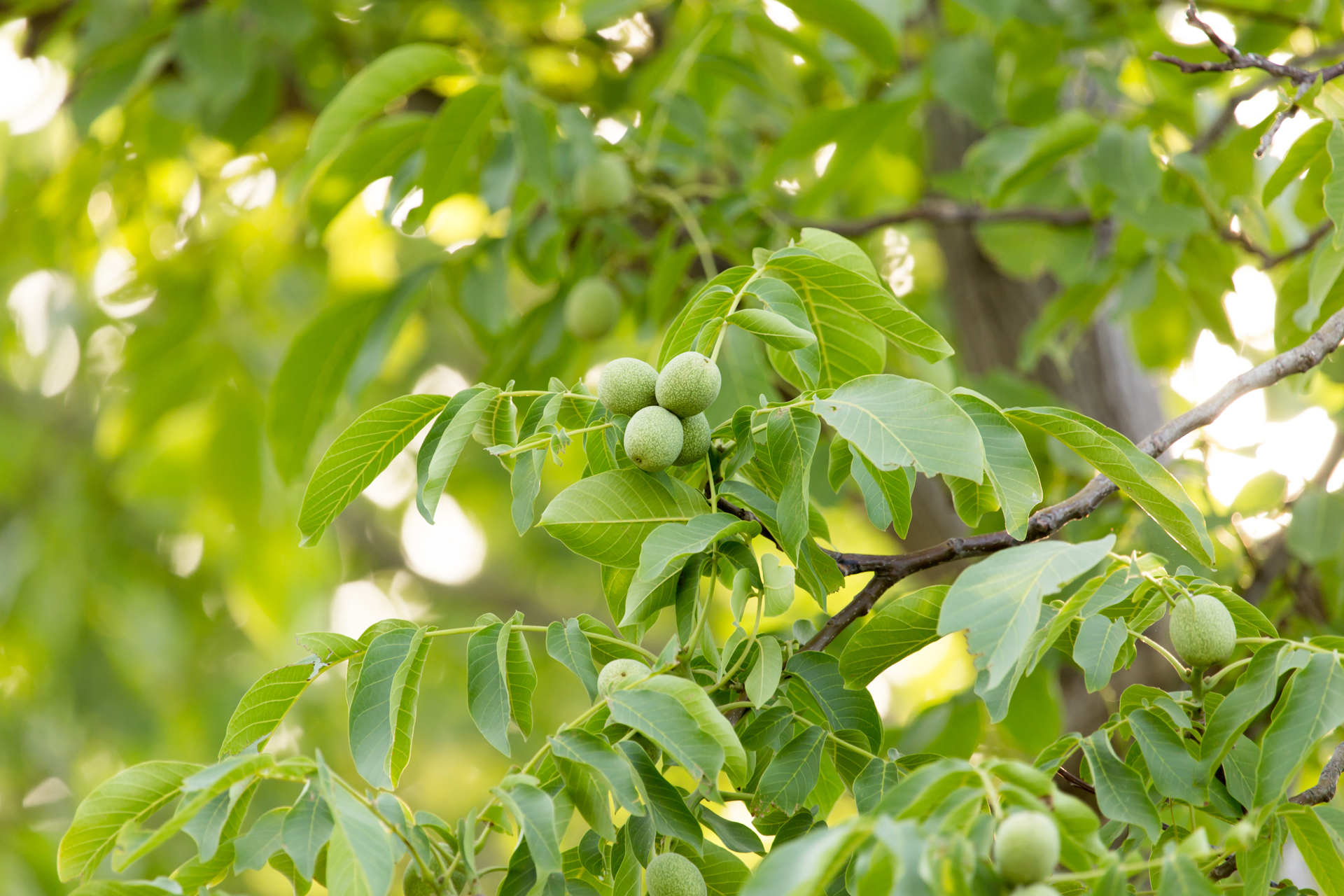Walnut growers who had walnut husk fly damage last year should plan on monitoring for adult fly activity no later than June 1.
While 2019 WHF emergence was later than normal and not as severe as previous years from San Joaquin County south, Bob Van Steenwyk, UCCE Entomology Specialist Emeritus, said in northern California WHF emerged normally with some orchards having high infestation rates.
Yellow sticky traps, baited with ammonium carbonate, should be placed in orchards were WHF activity was noted in 2019. Orchard areas with more dense foliage or that are adjacent to a body of water are more likely to be infested. Traps should be placed high in the tree, on the north side and checked two to three times per week.
Jhalendra Rijal, UCCE Integrated Pest Management Advisor in the northern San Joaquin Valley, said WHF, a notoriously unpredictable pest, may occasionally show up as early as mid-May, although it is not a regular occurrence. Emergence of this pest can continue into the summer. There is a gap of 10 to 15 days, Rijal said, from emergence to the onset of egg laying. Insecticide spray applications should target flies prior to egg laying to be effective as eggs are deposited inside the hull. Drawn out emergence makes this difficult to achieve.
If flies are found in sticky traps and there is a history of crop damage in the orchard, control measures should be implemented. If trap numbers are low and there is no history of WHF damage, growers can wait to see if trap numbers increase.
“There is no predictable peak activity and this pest isn’t influenced too much by the summer temperature like navel orangeworm and other worms,” Rijal said. He added that based on recent studies, winter chilling temperatures have impact on fly emergence. Insufficient chilling hours in the winter lead to unsynchronized adult emergence in the summer.
Signs of WHF are small stings on the husk were females deposit eggs. As the eggs hatch, larvae begin to feed and the husk turns black and soft. This leaves stains on the shells, keeping those nuts out of the in-shell market. Early WHF infestations can impact kernel quality and reduce crop value.
Walnut husk fly produces one generation per year. After feeding, larvae pupate in the soil and emerge as adults. This pest is found in all California growing regions.
Continuous monitoring will help with timing of spray applications. UC IPM guidelines note that short residual insecticides plus bait will kill WHF for seven to 10 days. Rotation of chemistries is critical to minimize resistance when multiple treatments are needed. Aphid management can also limit WHF within and between orchards by reducing honeydew as a food source for WHF.
The UC IPM Pest Management Guideline lists insecticides, baits, and rates for WHF.

Cecilia Parsons
Cecilia Parsons has spent the past 30 years covering agriculture in California for a variety of newspapers, magazines and organizations. During that time she has been fortunate to witness some of the important events that have shaped this diverse industry and worked hard to examine and explain these events for readers.
When Cecilia first moved to the San Joaquin Valley in 1976, her first journalism job was at a small daily newspaper where she covered “farm news.” From there she branched out to writing for a dairy magazine and a regional weekly agriculture publication.
Cecilia is part of a farming family from the rural community of Ducor where she also raises purebred sheep and is attempting to master versatility ranch horse riding.












